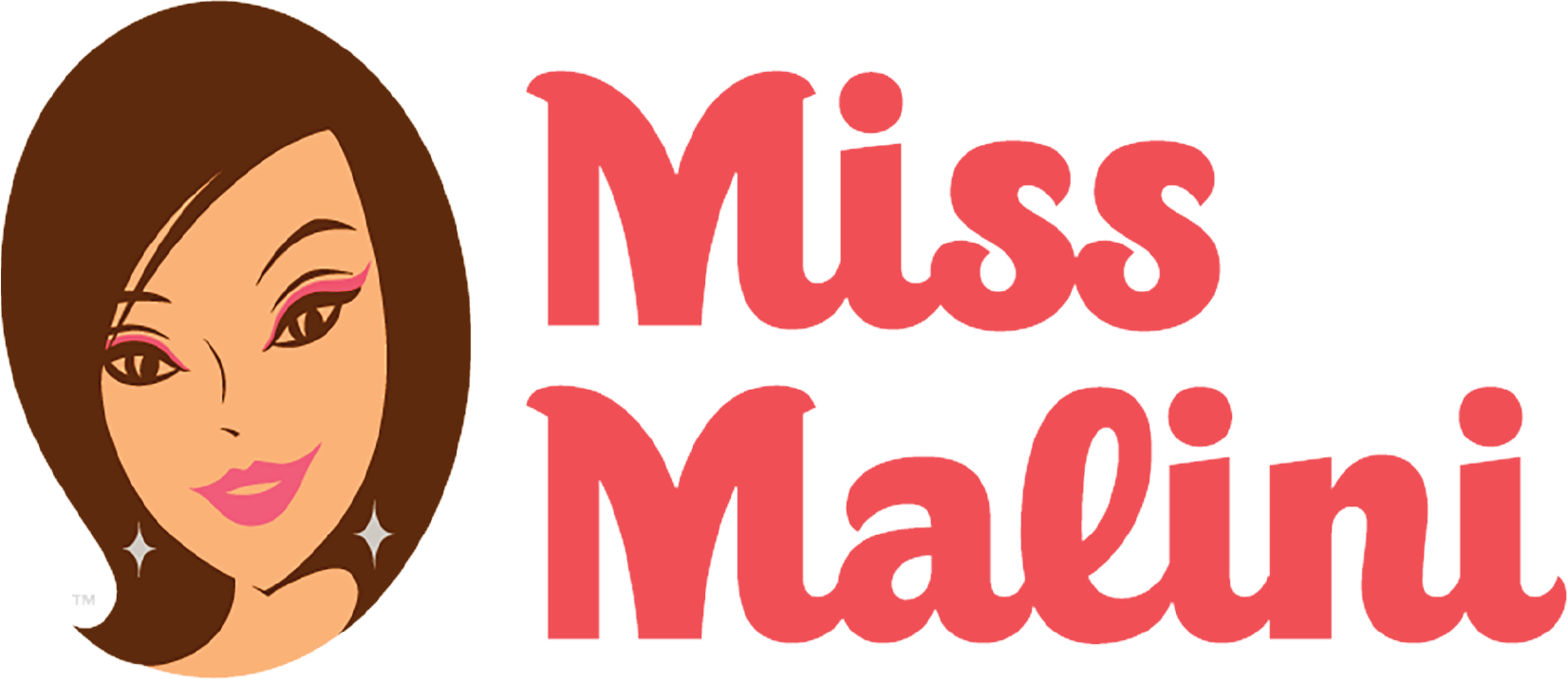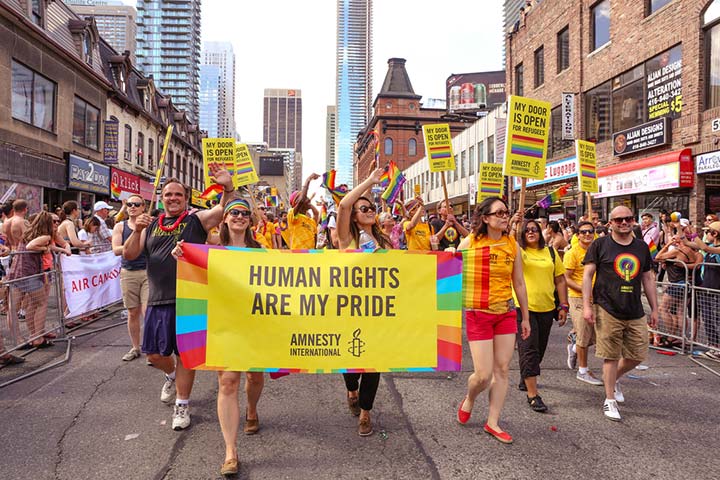Pride parades are a way of celebrating the LGBTQIA community. People belonging to the community come out on the streets and cheer loudly, shout slogans as well as wave the pride flag to show how proud they are. However, the LGBTQIA community still goes through a lot of discrimination. In order to make people aware of their rights and equality, people come to support the cause whether or not they belong to the community. The parades today have a very loud and cheerful atmosphere but did you know that it all started because of a political movement? Here’s how the pride parades have evolved over the years and are now a huge celebration!
How it all started
In 1969, police officers raided the Stonewall Inn on Christopher Street in Manhattan, New York. It was frequented by gay visitors but the bar wasn’t given a license to serve liquor to gay patrons. Even after tipping the policemen, they still kept raiding the bar with a warrant. On June 28, 1969, the gay patrons did not keep quiet. They could not handle this injustice and protested, which lead to riots. It was this incident that made the LGBTQIA community realize that they couldn’t keep silent anymore and they had to raise their voice.
Activists involved
5 months after the riots, activist Craig Rodwell, his partner Fred Sargeant, Ellen Brody and Linda Rhodes proposed a resolution at the Eastern Regional Conference of Homophile Organisations in Philadelphia, to hold a march in honour of the Stonewall riots in New York City.
After it got approved, an openly bisexual activist and the Mother of Pride, Brenda Howard got the whole campaign planned and it was her idea to turn the festival into a week-long celebration, which is continued till today. L. Craig Schoonmaker who was a part of the planning committee suggested Pride as the slogan for the event as gay individuals always had a sense of pride about themselves.
The 1st Gay Prides
June 28, 1970, marked the first anniversary of the Stonewall Riots. People gathered all over the city, marching on Sixth Avenue from Greenwich Village to Central Park in NYC. Originally called the Christopher Street Liberation Day, the pride march had no floats, no music, no boys in briefs, as stated by Fred Sargeant in his first-person account of the first gay pride march to The Village Voice. He also mentions that people chanted Say it clear, say it loud. Gay is good, gay is proud.
Chicago, Los Angeles and San Francisco also held pride parades in memory of the riots that same day. However, only the one held in LA was sanctioned by the city as an actual parade and the others were marches.
Over the years
The Stonewall riots served as a wake-up call for the LGBTQIA community and the tradition of pride marches continued from there on all across the world. However, everyone started celebrating it in their own way keeping the same idea in mind. In 1974, pioneering gay filmmaker Pat Rocco suggested the idea of a festival to accompany the parade which led to the first carnival with rides, games, food and information booths in Los Angeles.
Apart from fighting for LGBTQIA rights, the pride parades have also focused on sexual liberation, social equality, equal marriages, racism and dedicated the event to HIV/AIDS victims. With every new pride parade, the number of people would increase.
Pride Parades today
Today, the LGBTQIA community is not afraid anymore to come out in the open. The pride parades have become a platform for the community to be loud and proud. The best part is that you see people from all walks of life and all age groups to celebrate gay rights and equality. Pride parades are held on a larger scale spread across 3 to 7 days with carnivals, dance parties, loud marching bands, games, people wearing costumes, shouting slogans, carrying banners and waving the pride flag.
Politicians, community groups and celebrities come to take part in this week-long festival. A lot of pop singers support the event by holding concerts and performing songs for the attendees.
Importance of a pride parade
Through the years, there has been a massive improvement in terms of accepting the LGBTQIA community. However, it hasn’t become 100% better. In some parts of the world, people still have a backward and orthodox mentality and consider homosexuality and transgenders to be abnormal. With every parade each year, the community tries its best to change how people think. Forget coming out to the world, coming out to your family is a huge challenge and that is exactly why pride parades are held every year. The community hopes to bring that 100% change!
The first pride parade wasn’t too colourful, didn’t have a large number of participants, nor did it have a good quality sound system but it certainly had a lot of passion and fervour which has led to people celebrating this movement till today. The LGBTQIA community are able to freely express and fight for themselves more openly!
What are your thoughts on the nature of pride parades today? Let us know in the comments below!
And don’t forget to follow @missmalinilifestyle to never miss a beat!

